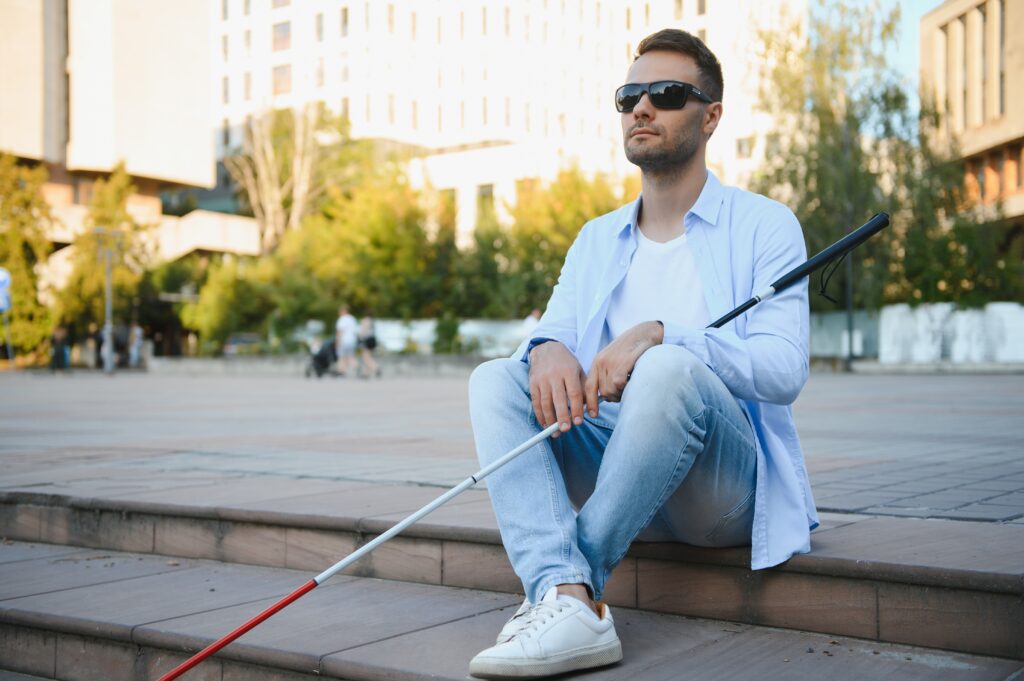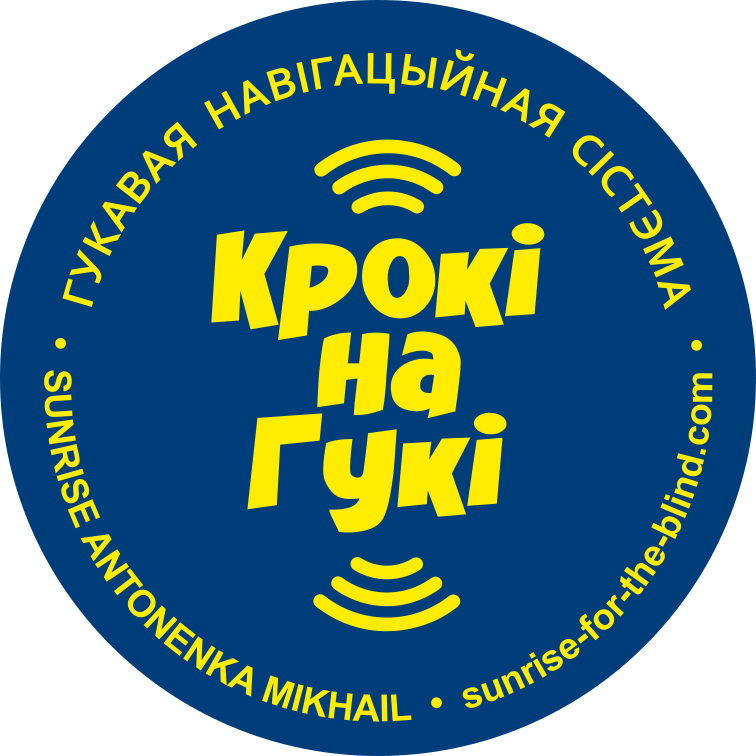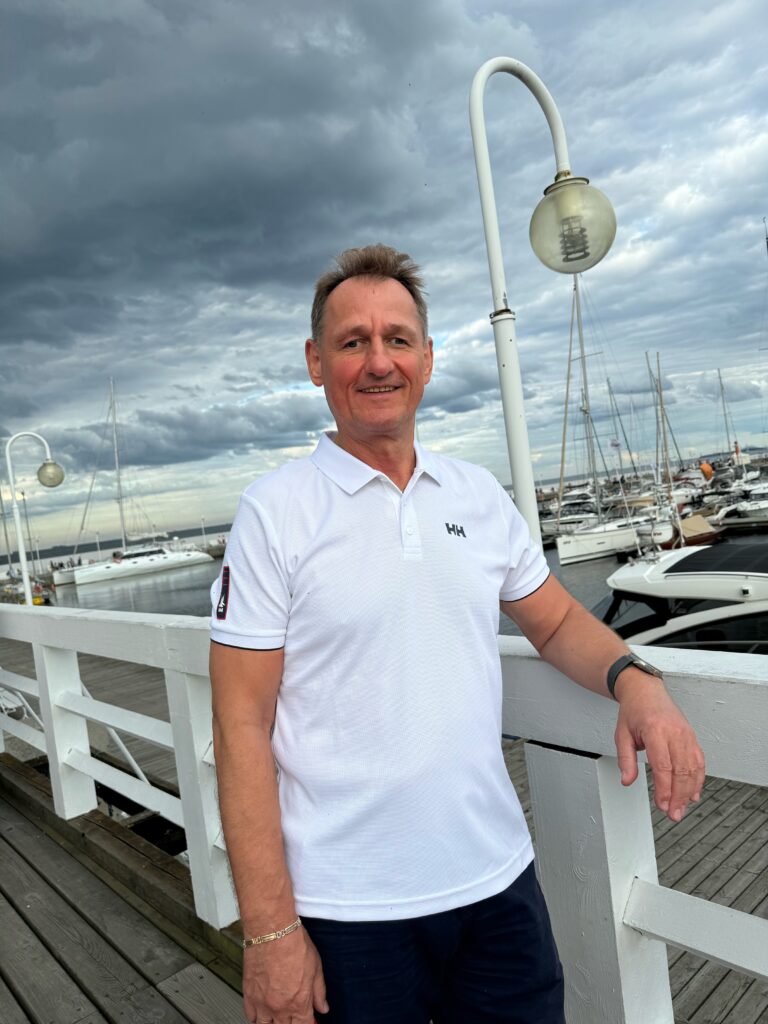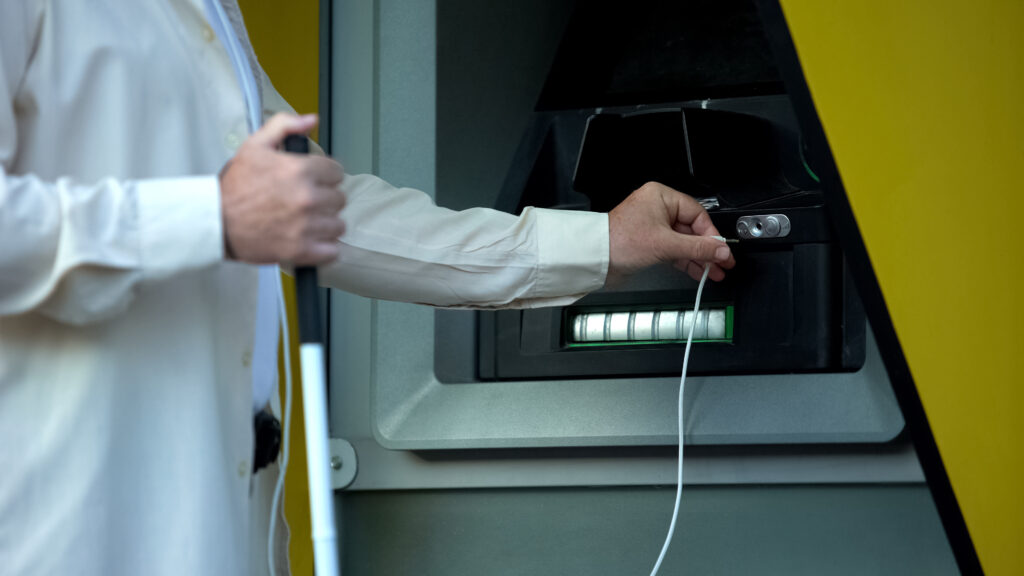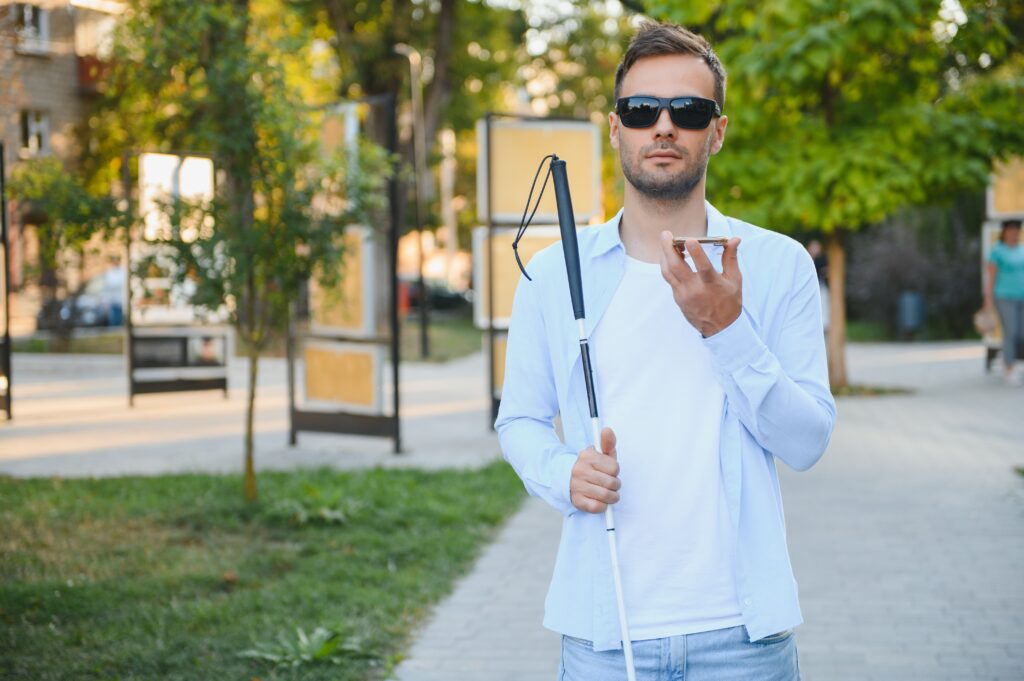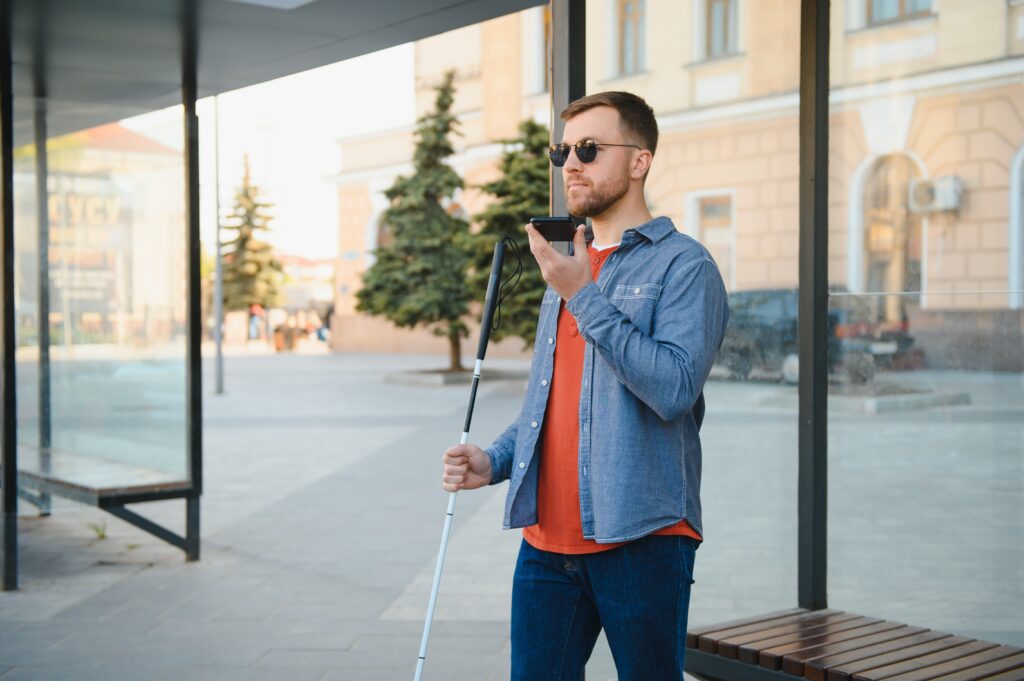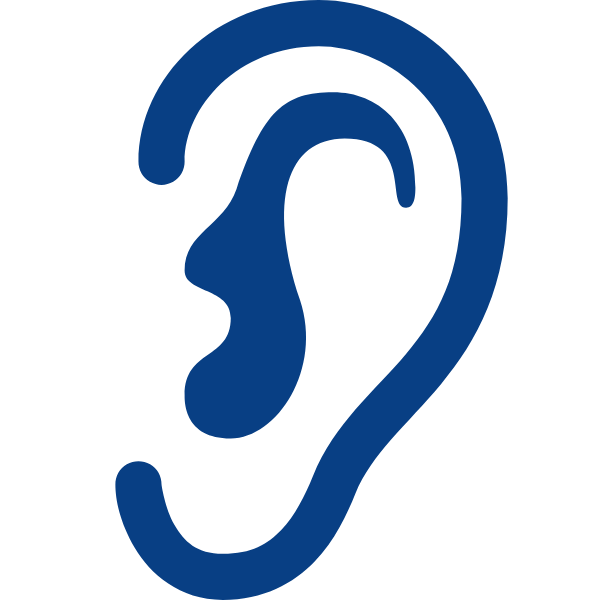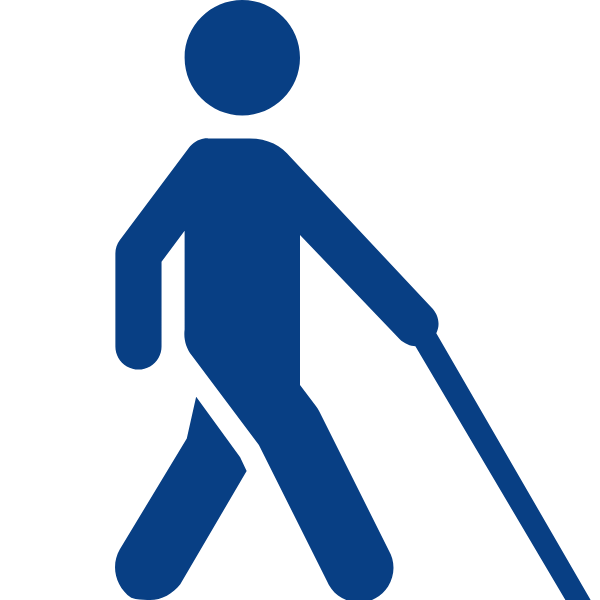Kroki na Guki
Personal freedom is the greatest value for every person.
The right to move independently through space is a fundamental part of freedom, which is a common aspect for people without visual impairments.
A blind or visually impaired person cannot fully exercise this right, and our mission is to help them achieve this!
The ability to independently visit cultural, sports, trade, tourism, leisure, and entertainment venues is truly inspiring! This feeling can only be experienced by a blind person who has discovered this opportunity.
